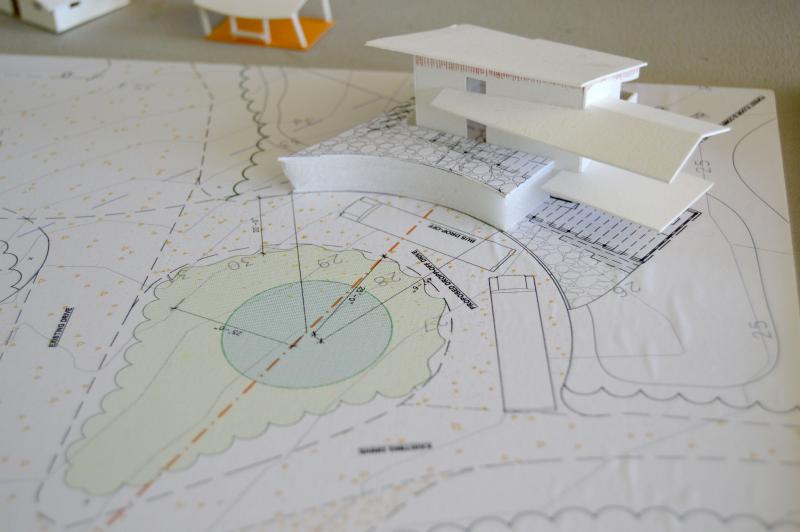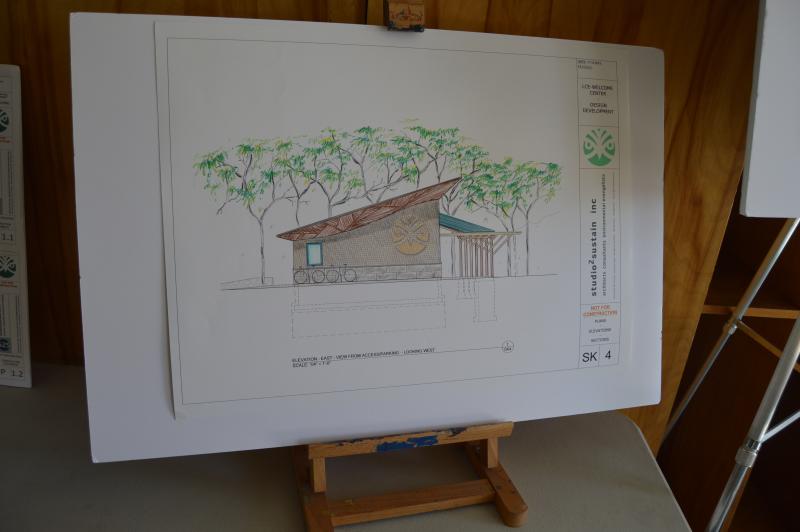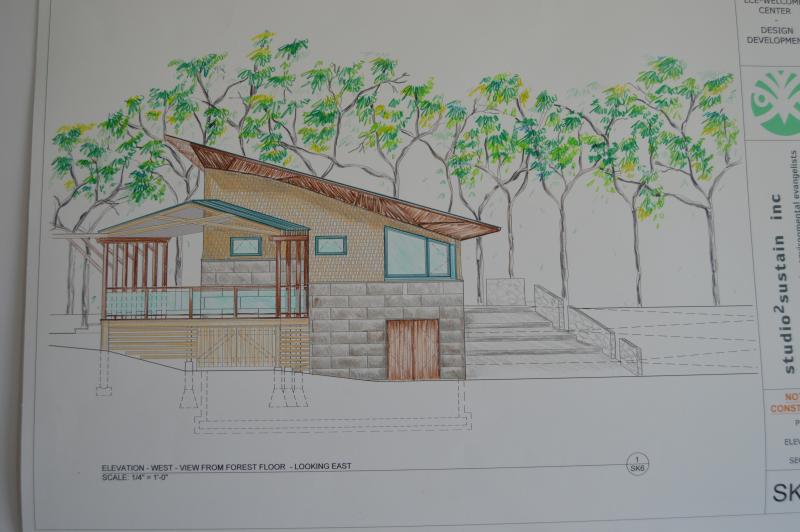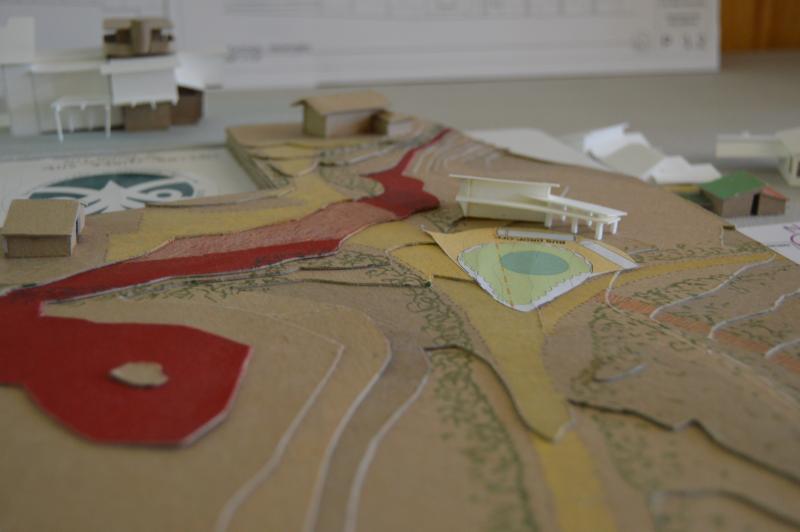Lloyd Center's upcoming projects detailed, sustainability a focus
This year the Lloyd Center will be embarking on the construction phase of their capital campaign.
The capital campaign, which launched in 2015, aims to raise $3 million, half for educational programming and the other half for improving facilities and adding buildings on the property at 430 Potomska Road.
Architect Kathryn Duff presented the latest drafts of designs to stakeholders on Feb. 26. Duff is working on two new structures at the location: a waterside pavilion and a welcome center. Construction on both projects is slated to begin this year, with the pavilion starting in April and the welcome center to begin in the fall.
Duff also addressed some of the challenges in the third project, a major overhaul to the floorpan of the existing headquarters.
“It was built as a house, but was never occupied as a home,” said Duff. “When we started to take a look at the building, it has a lot of challenges.”
She said the headquarters is “terrifically inefficient,” and needs new windows and insulation. There will be additions added to the east and north side of the building, and the entrance to the building will be moved slightly to the east. The upper floors will have more office space for staff, and a public deck that will overlook the butterfly garden below.
Those changes are far off, likely to begin in fall 2017. In the meantime, the new welcome center, a structure that will be Living Building Challenge certified, is set to begin later this year. Duff delved into the particulars of the new building.
Buildings that are LBC certified must be deemed net neutral, in that they must collect their own water, produce their own energy and have composting toilets. The building will be fitted with solar panels and will be off the grid. Duff said that the center will also be fitted with a Tesla Powerwall, which is a large battery that uses energy generated from solar panels.
“One of the big challenges is the materials,” said Duff. “You can use no material that has a red-list chemical. Just to put that into perspective, PVC, which is a standard in the construction industry, is not allowed in an LBC building.”
There will be an outdoor pavilion for lessons and teaching space inside the building as well. Research director Mark Mello’s vast moth collection will be on display inside in an area without direct light to protect his exhibit.
There will be a central hand washing station in the welcome center, which will leech out into a sloping garden outside the facility.
“You have to prove that all your water used on site is able to be infiltrated into your soils on site,” said Duff. “[The water] is brought back to the welcome center, but not directly. We have to prove, from an engineering standpoint, that water infiltrates the land and goes into our aquifer and then we pull it back through the well system. It closes the loop on the water cycle.”
The center will also have to use plant-based soap to avoid phosphates from entering the soil.
After being built under strict standards, the building will not automatically become LBC certified.
“They come and test us,” said Duff. “You have to do monthly sample tests of the air inside the space. It has to be chemical free. You have to prove that you’re producing enough energy on site.”
The Lloyd Center aims to make the building itself a teaching tool. By walking into the building, students will already be learning about sustainable design.


















